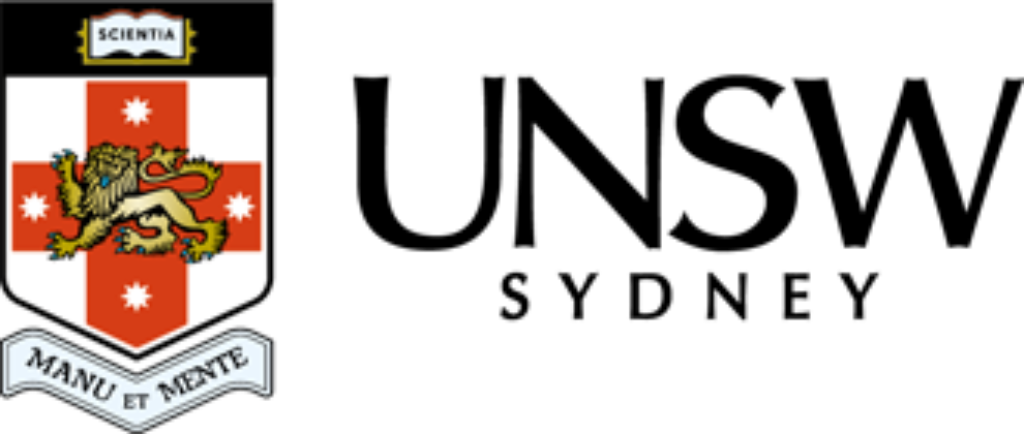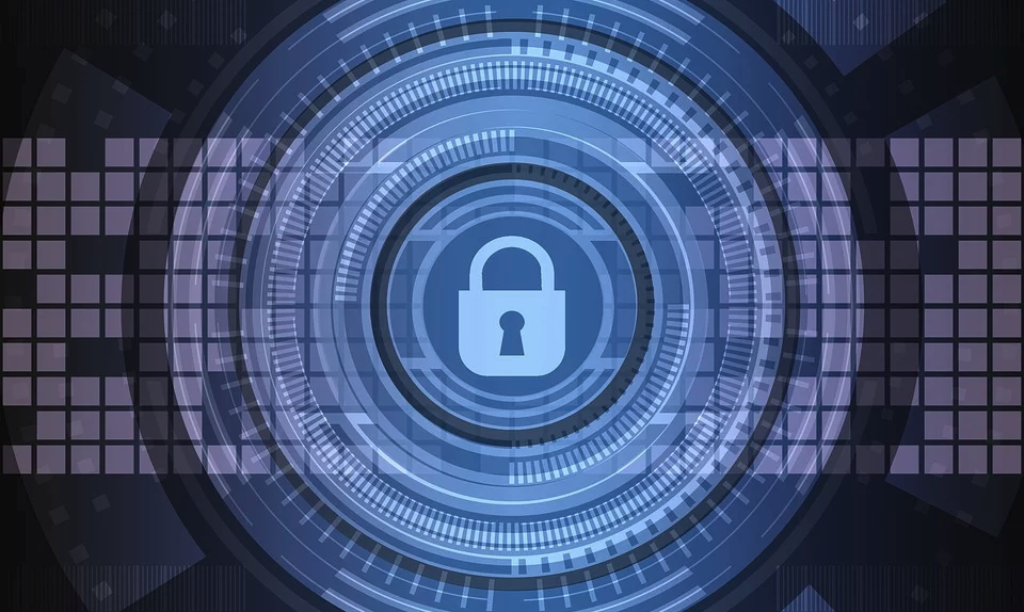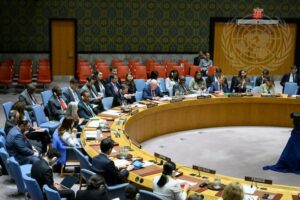Permissioning and Confidentiality
SLAFKA maintains strict access control rules to comply with confidentiality of nuclear accounting information. Facilities can only see nuclear material possessed by them or being sent to them.
Safeguards information management
SLAFKA covers a broad swathe of safeguards functionality: domestic shipments and receipts of nuclear material, foreign shipments and receipts, nuclear production and loss, rebatches and encapsulation at a deep geological repository, inspection and verification by regulator.
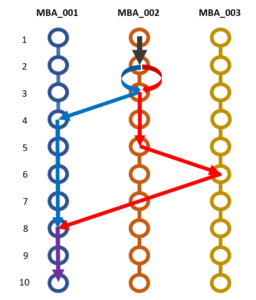
User friendly
SLAFKA possesses an intuitive, cloudbased user interface that can be accessed by logging in from any web browser. SLAFKA doesn’t require any technical DLT/Blockchain knowledge to use.

Why DLT for safeguards?
“With blockchain technology, authorities can verify that registered data is correct and unchanged. This would also improve the efficiency of the international nuclear material supervision processes.”
– Elina Martikka, Head of International Cooperation (STUK)
Immutability
Transactions are immutable and can only be appended, not edited. Immutability is particularly important due to the building of the final disposal facility for spent nuclear fuel in Finland, requiring better integrity for nuclear material records.
Transit Matching
DLT is a possible solution to the ‘transit matching’ problem of linking up reporting shipments of materials by one facility to the reported receipts of materials by another.
Participation
Instead of operators reporting directly to a regulator(s), they digitally transact materials between one another and the regulator(s) sees (and verifies) this.
Holders should feel a greater sense of involvement and participation.
Present Day Safeguards Reporting
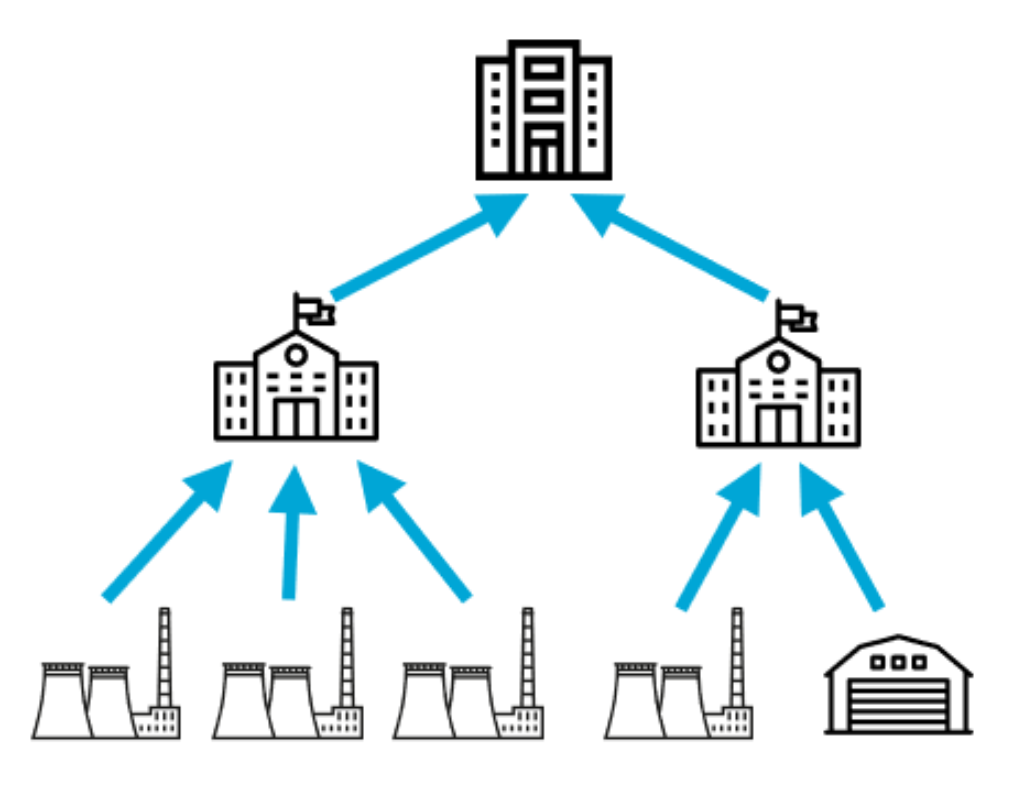
SLAFKA Safeguards Reporting
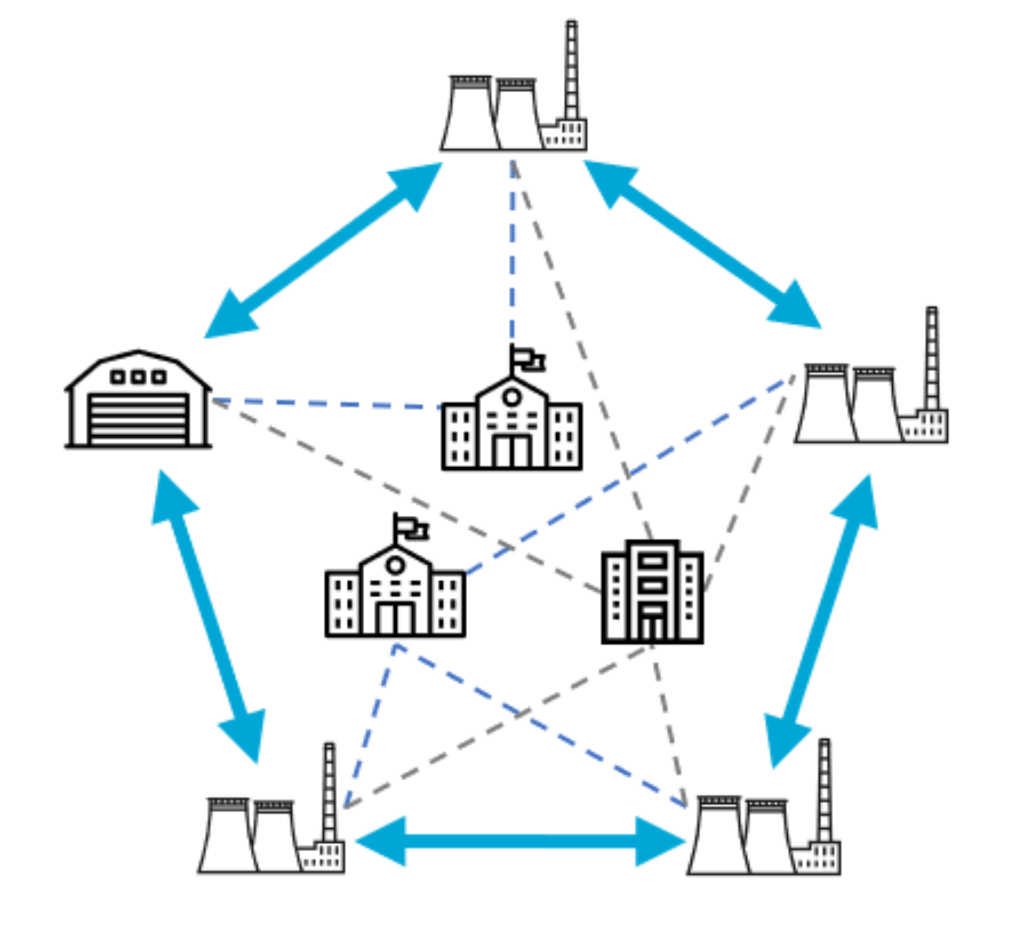
Figure 3. SLAFKA allows facilities to transact assets between one another whilst being observed by the appropriate regulators.


